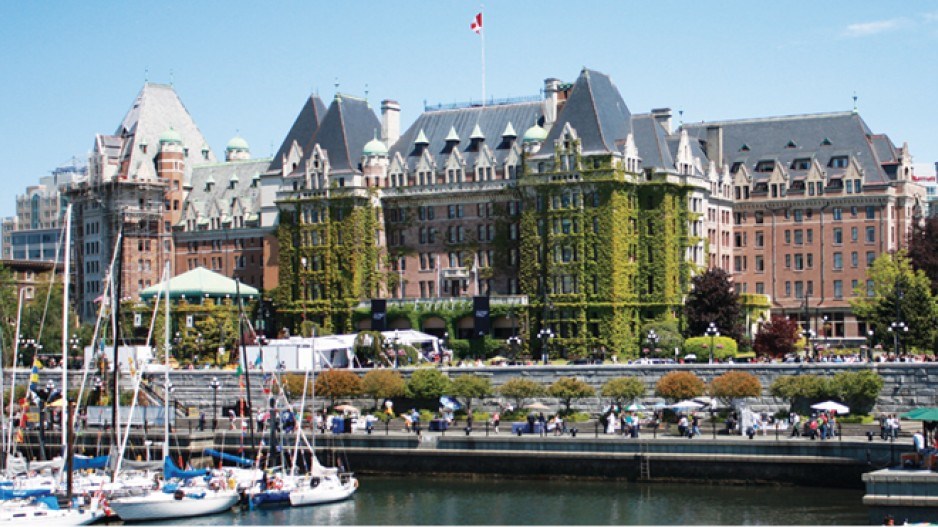Growth rates
The steady return of commercial mortgage-backed securities (CMBS) as a financing vehicle seems on solid ground, according to the latest review of financing markets from JLL.
CMBS are secured by commercial mortgages, and a rising tide of deals indicates lenders' and investors' greater confidence in the long-term prospects of commercial real estate.
CMBS originations are set to total between $1.5 billion and $2 billion this year, up from the few million dollars' worth of deals done in 2009-10. Moreover, the difference in rates is now on par with bank financing, making them a competitive option for financing everything from residential to recreational projects (save for perhaps golf courses).
According to Amar Nijjar, vice-president with JLL responsible for its Toronto-based debt capital markets team, CMBS financing is available for just 200 basis points over five-year bond yields. This is double the best rates seen in 2007, when originations totalled $5 billion in Canada, but still half the 400-basis-point spread seen at the height of the financial crisis.
“In 2011 it started creeping back a little bit,” Nijjar said. “There are now five CMBS lenders in Canada that are active, and up until last year there were three.”
He expects an additional two to three companies to enter Canada in 2015, increasing CMBS volumes even further.
Banks, credit unions, syndicates and other financiers are active in the market, increasing competition even as financing is expected to become more competitive as bond yields rise.
JLL is forecasting a 50-basis-point net increase in the cost of financing next year, as bond yields increase faster than spreads – the profit lenders make on loans – compress.
“We are predicting that bond yields will go up more, spreads will come in less, so you will have higher overall mortgage rates next year,” he said, adding: “The demand will still be there.”
Hotel movement
One area of particular optimism is the hotel market, where JLL is active on a number of financing deals, both for construction as well as for acquisition.
Speaking at the Western Canadian Resort & Hotel Investment Conference in Vancouver last fall, Arni Thorsteinson, chair and CEO of Temple Hotels Inc., said hoteliers' access to mortgage funds was superb.
“I've been borrowing funds for hotels for 35 years,” he said. “It's a very friendly environment. There are more lenders; they're much more sophisticated than they used to be. … We've never seen better availability, and some compression of spreads.”
While the most recent review of hotel transactions by CBRE Ltd. indicates that overall deal activity was down in the first half of 2014, B.C. logged a dozen deals – more than a quarter of the 45 deals done in the period.
While most were in tertiary markets, some well-known names, including Poets Cove Resort & Spa on Pender Island and the Fairmont Empress in Victoria, changed hands.
Another major property is set to trade within a few weeks, according to JLL, which is arranging $80 million-plus in financing for what JLL vice-president Amar Nijjar calls “a trophy asset.”
Home caution
JLL's recent report on the financing environment for real estate projects notes that while financing for new multi-family developments is increasingly cautious, the concerns haven't dampened appetite.
“We still find no shortage of debt capital that is pursuing these projects and, depending on the project, funding is also available at a lower level of pre-sales albeit at higher pricing,” the report states.
While housing market observers have expressed concern over the strength of new construction – as reported here last week – the Canada Mortgage and Housing Corp. reports that investor participation in the condo market remains strong.
In fact, the numbers – gathered a year ago – indicate a rebound since the recession.
That's not surprising, but the numbers are decisive: just 16.4% of respondents purchased between August 2008 and September 2010. Meanwhile, 46.3% purchased prior to August 2008, and a more modest 33.1% purchased in the last three years.




